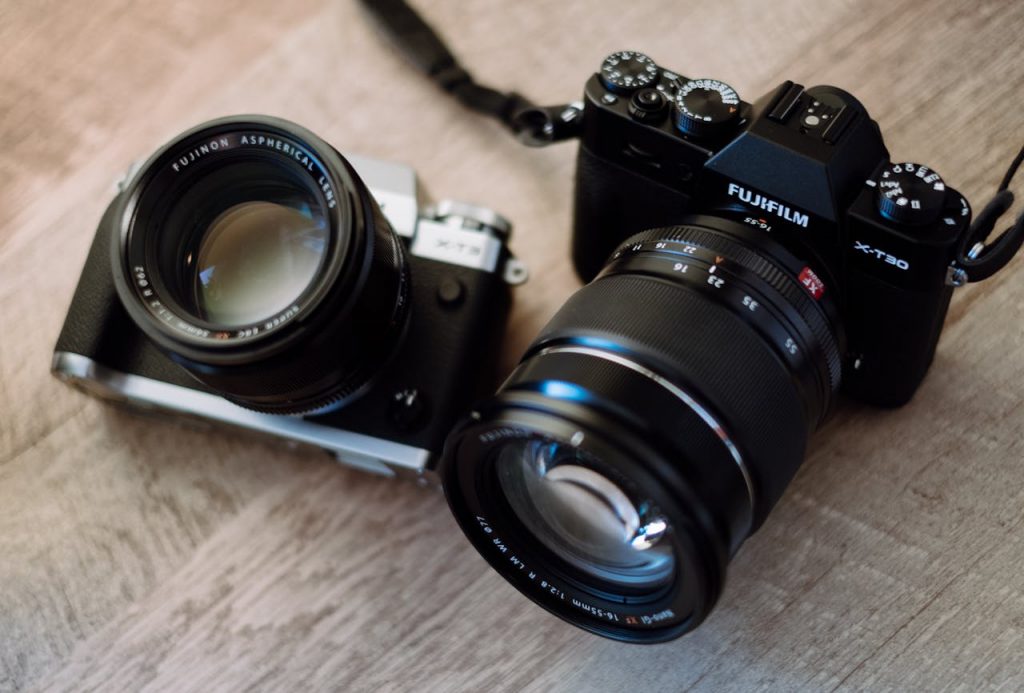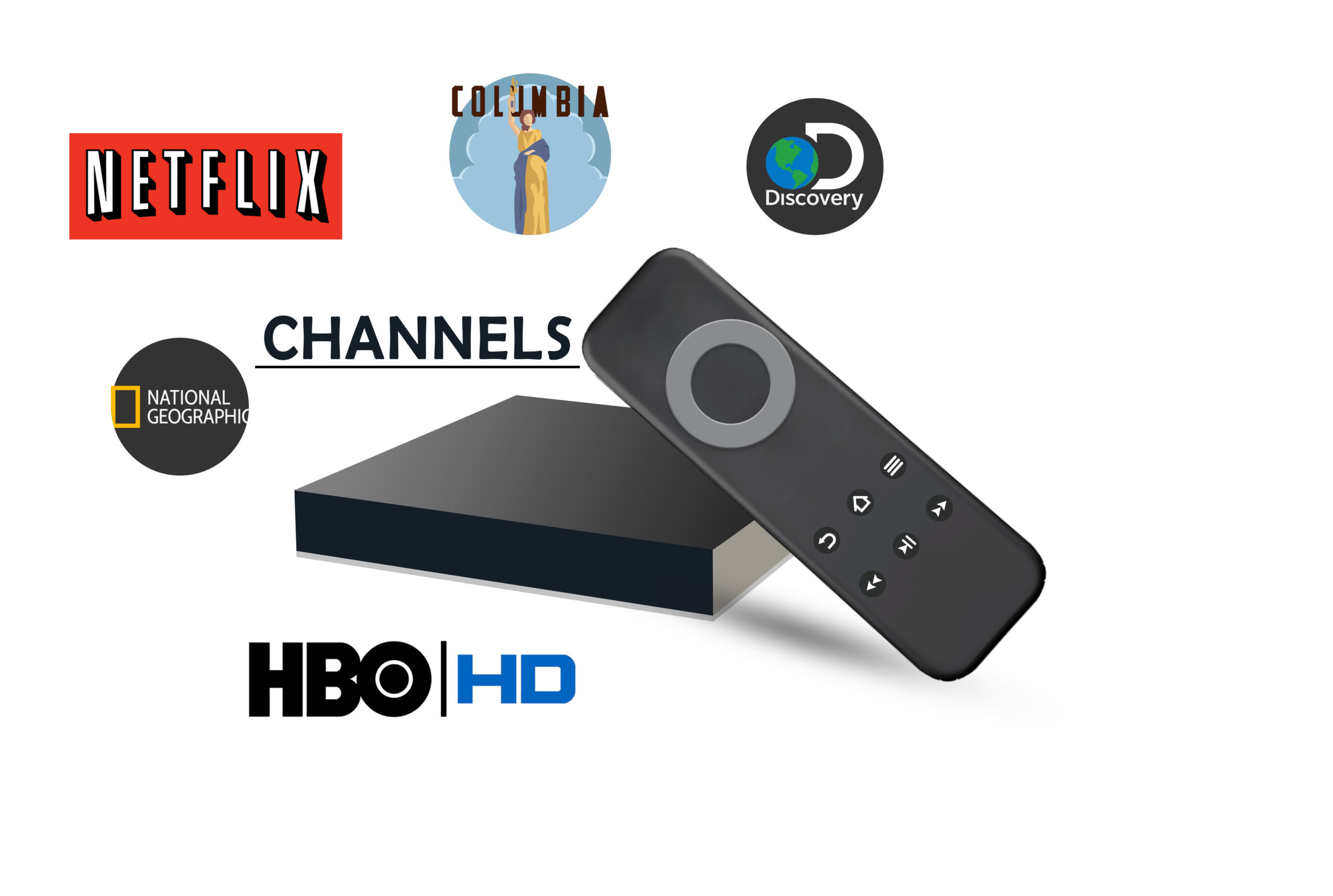When you go ahead with shopping for a camera or smartphone, you will come across the need to know the megapixel they can shoot.
Earlier, people involved in Digital Photography were lucky enough to get the 1.2 Megapixel camera. However, now there are cameras with an unbelievable 41 megapixels.
Now, the question is, does the megapixel impact the photos or not. Before going ahead, we have to know what a megapixel means.
Megapixel rating refers to the total number of pixels that make up the image captured by the sensor of the camera. To get the number of pixels, you have to implement the horizontal pixel by the vertical ones.
Why Do Megapixels Matter?
The professional-quality photos usually come with 300 DPI. Moreover, there is a high-resolution camera that enables you to make large prints. On the other hand, there are large prints and billboards printed at around 100 or if 150 DPI. There’s another advantage of the high megapixel count in the manner that it offers flexibility in post-production.
It comes with handy options like cropping, retouching, as well as composing images. In the general viewpoint, the high megapixel count is essential in getting fine art, commercial Product Photography, and landscape photography. Users also sometimes appreciate the higher flexibility in terms of getting high-resolution photos.
The more the megapixels of the sensor, the better is the image it can create. This is really useful for the studio as well as fashion photographers who want every detail like the eyelashes. High-resolution sensors also make it quite possible to give out print in larger images.
Again, a camera that has lots of megapixels is forgiving. If you are standing too back and far from the subject while taking the photo, you will require more flexibility of cropping in close and still having a different size image.
One of the advantages of having a camera with more megapixels is that it will become easier to crop out the part of the original image you want to emphasize. For example, take a picture of a bird in the background. If you’re going to crop it in a precise way, you will definitely require a good megapixel camera.
Why Don’t Megapixels Matter?
The trouble comes when we reach the point where the smartphone cameras come with enough megapixels. Take an example if you have the 1080P HDTV with a resolution of 2.1 megapixels. Again, the high-end 4K displays come with 8.3 megapixels.
You have to consider that nearly every smartphone camera comes with a double-digit megapixel these days. You won’t be able to see any distinction in the resolution between the pictures taken by the two smartphone cameras because the screens and capable of displaying so many megapixels.
The phone with the 1.4-micrometer pixel size always has better images compared to the 1-micrometer pixel size. Whenever you choose to go ahead with the printing of your work, the high-resolution camera won’t be of any help because it cannot create better physical images. Sometimes, having pixels per inch type of photography sounds fantastic.
But, in reality, it doesn’t gain appreciation on behalf of the viewer. Sometimes, the viewing distance comes with the resultant lower required pixel per inch or dots per inch figure for matching the visual acuity’s sharpness.
Megapixels don’t matter in the case of Smartphones, especially because the camera quality isn’t dependent on the pixels that are combined together for forming the 1 Megapixel. The image quality of the camera totally depends upon the sensor size that is fitted behind the pixels. So, it doesn’t really matter how many pixels your phone is having. The size of the sensors is a mandatory requirement.
The phone having a larger sensor’s size makes the camera better in terms of the clarity level of the image. Again, if the sensor is smaller than the megapixel, the image quality becomes terrible compared to the low megapixel phone with the larger sensors.
If you are having a phone that has the highest quality sensor with a large number of megapixels, but the optimization isn’t up to a point, then the image quality will also not be refined. This is the reason why the pixel devices camera from Google only has a 12-megapixel camera, but the image that comes that is equal to the DSLR camera quality.
Moreover, the responsibility of the megapixels is only to give you the resolution. It means that you can go ahead with printing on the larger paper whenever you are having, the more megapixels. Basically, you have to only enlarge the photo without losing the quality. So, the lower megapixels won’t be distorting the pixelated picture quality. For example, take the Smartphones from Nokia. They started launching the 41 megapixels phone, but still, the phone took a lot of time to capture a decent image. On the contrary, you will find smartphones these days that come with the right aperture, shutter speed, image stabilization, and other stuff.
Moreover, the megapixels are also not that much. So, you can rest assured that megapixels don’t really matter while taking the photos. If you are having the highest megapixel, then you can consider the largest screen projections as well.
Suggested:
How To Promote A Photography Business?
How to make money by Selling photographs Online?
How to Solve JPG Invalid Image File Header Problem?
Final words
Now we have come to the ultimate part about whether or not megapixels really matter.
The answer to the question isn’t that straightforward. In reality, it all depends upon what is purpose you are using the camera for. If you are involved in a lot of printing, shooting in the studio, or landscape photography with exceptional detail, definitely you will require a high-resolution camera. Again, if you’re looking for a low-light performance with the improved videos, it’s worth going with a low-resolution camera.
Now, after analyzing your requirement, you have to go forward with the idea of purchasing the camera based on the resolution. For more information, visit here.
Suggested:
Best Outdoor Security Camera System.
Like this:
Like Loading...













 How EXIF Data From The Images Can Be Detected?
How EXIF Data From The Images Can Be Detected?
very nice information and great site.